The Significance of Maitreya Buddha in Chinese Culture and Its Symbolism in Jewelry
In Chinese tradition, Maitreya Buddha (弥勒佛), often depicted as a laughing, pot-bellied monk, embodies joy, tolerance, and auspicious fortune. His imagery holds deep philosophical meaning while remaining one of the most beloved motifs in spiritual jewelry.
- Cultural Significance
- Emblem of Joy & Contentment
Maitreya’s iconic smile and carefree posture symbolize inner peace and happiness, teaching detachment from worldly stress. The saying “大肚能容,笑口常开” (“A broad belly tolerates all, a smiling mouth stays ever-open”) reflects his philosophy.
- Symbol of Abundance
His large stomach represents spiritual “digestion” of life’s hardships, while the sack he carries is believed to hold boundless blessings and wealth.
- Guardian of Harmony
As the future Buddha (successor to Shakyamuni), Maitreya promises compassion and hope, making him a popular figure in folk Buddhism for resolving conflicts.
- Symbolism in Jewelry
- Jade or Gold Pendants– Worn to attract joy, luck, and stress relief; his laughter is thought to dispel negativity.
- Maitreya with Children– Represents family harmony and fertility, often gifted to newlyweds.
- Coin-Bearing Maitreya– Combines spiritual serenity with material prosperity, favored by businesspeople.
Modern interpretations blend minimalist designs with traditional carvings, transforming his image into a wearable reminder to embrace life with humor and generosity.

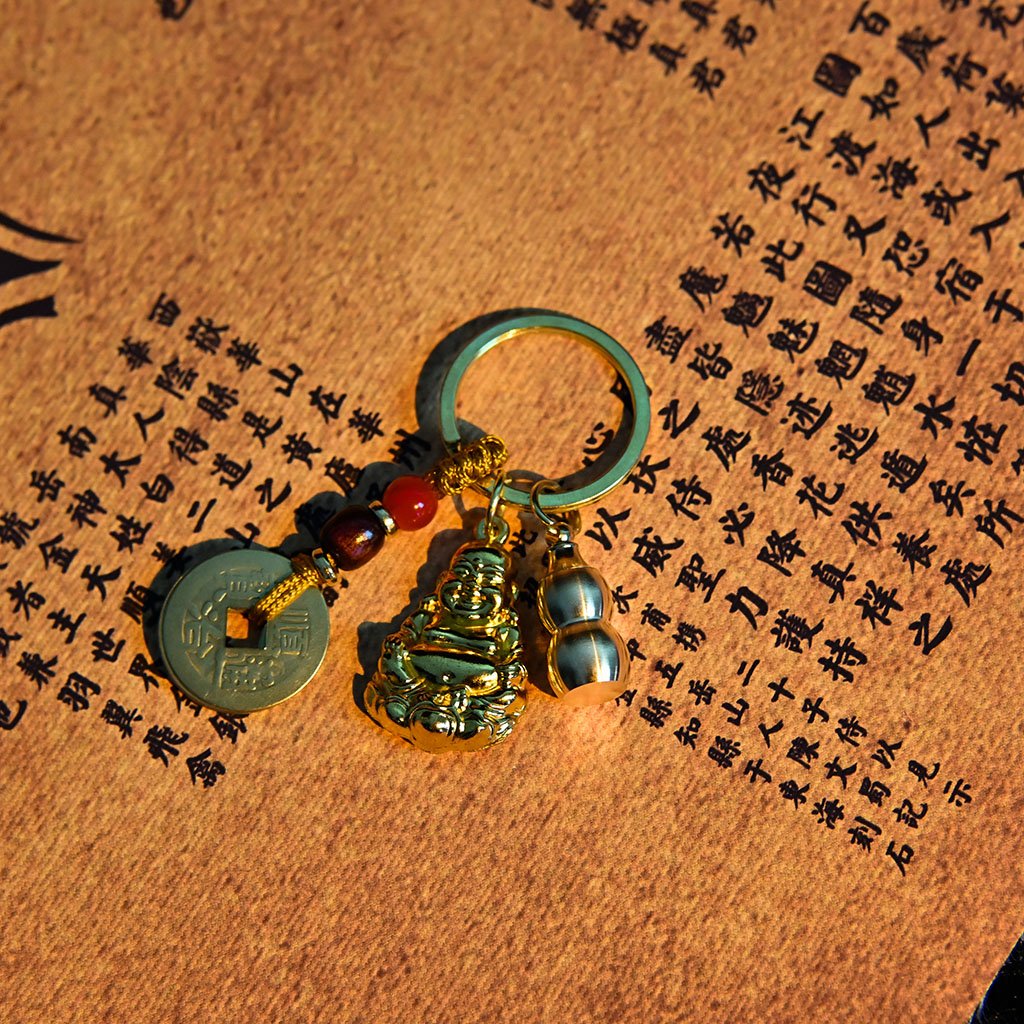
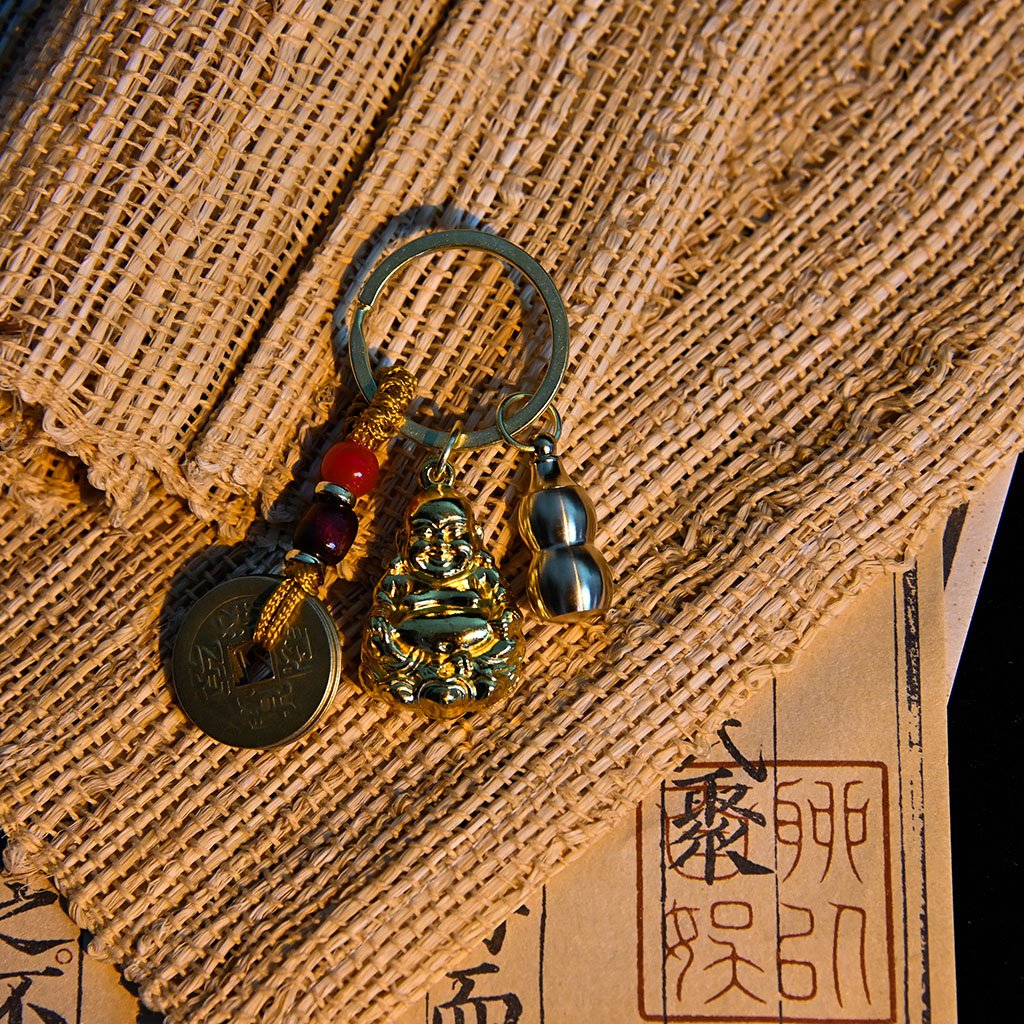
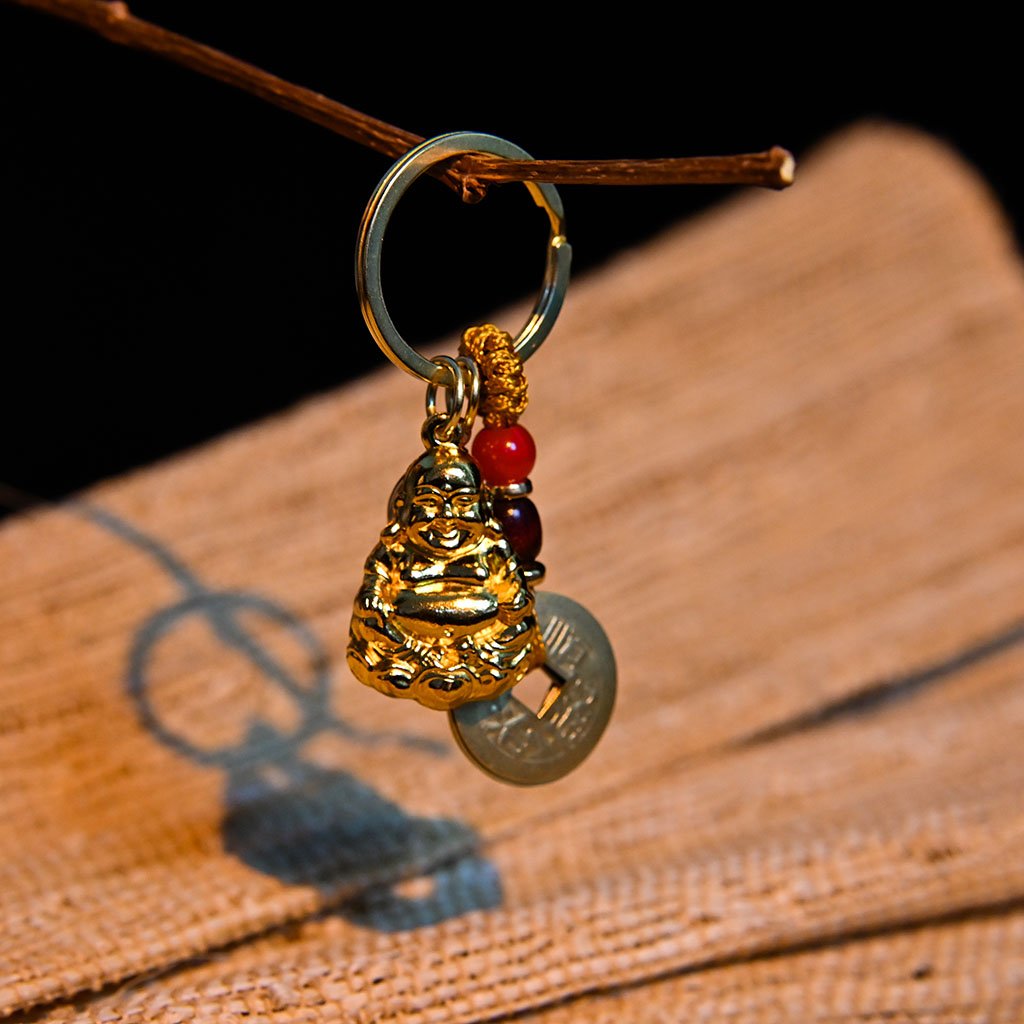
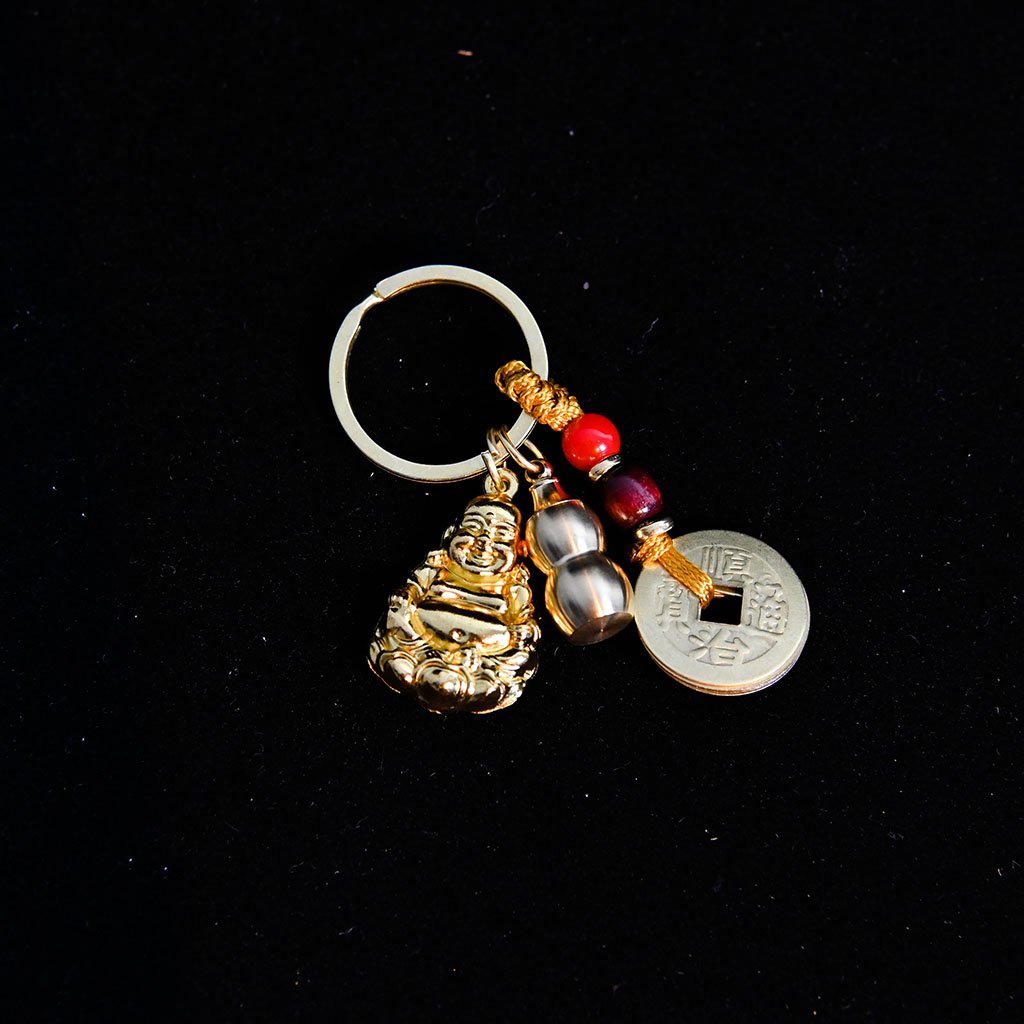
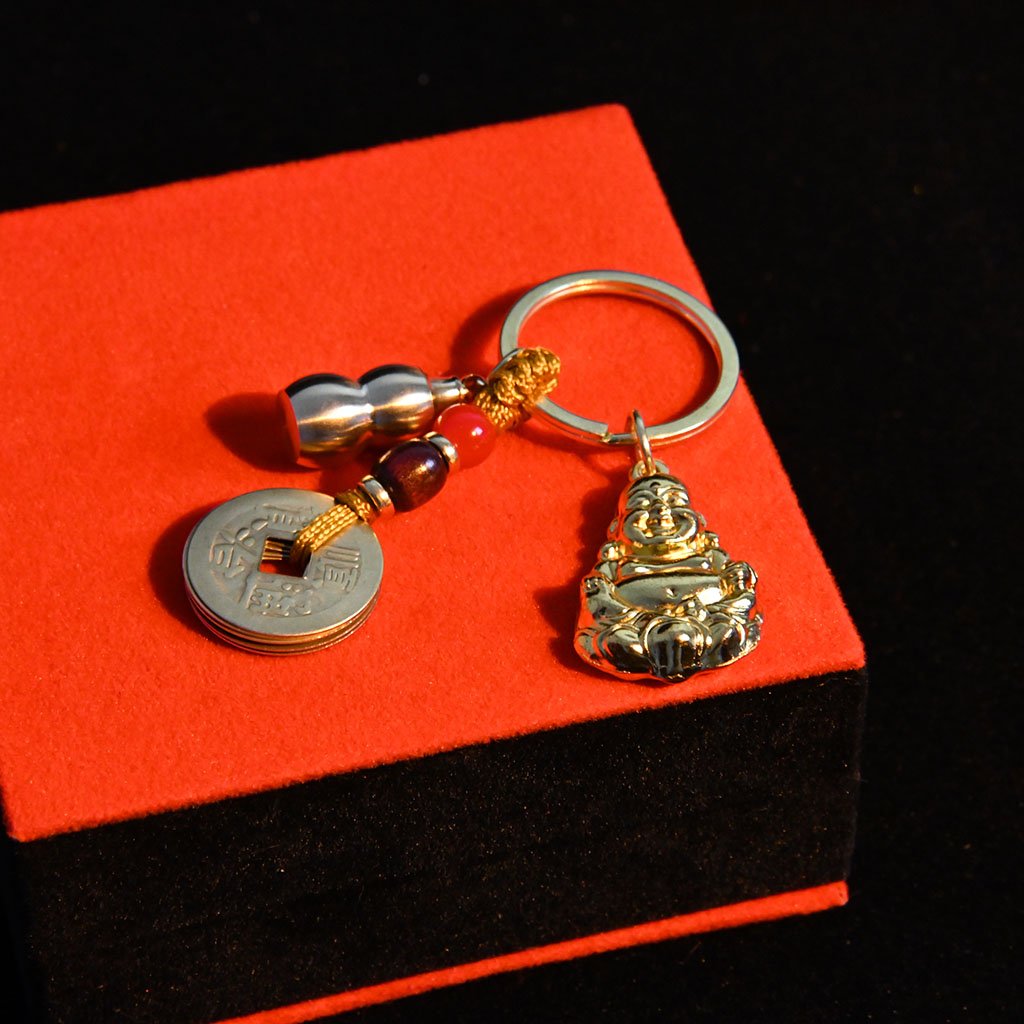
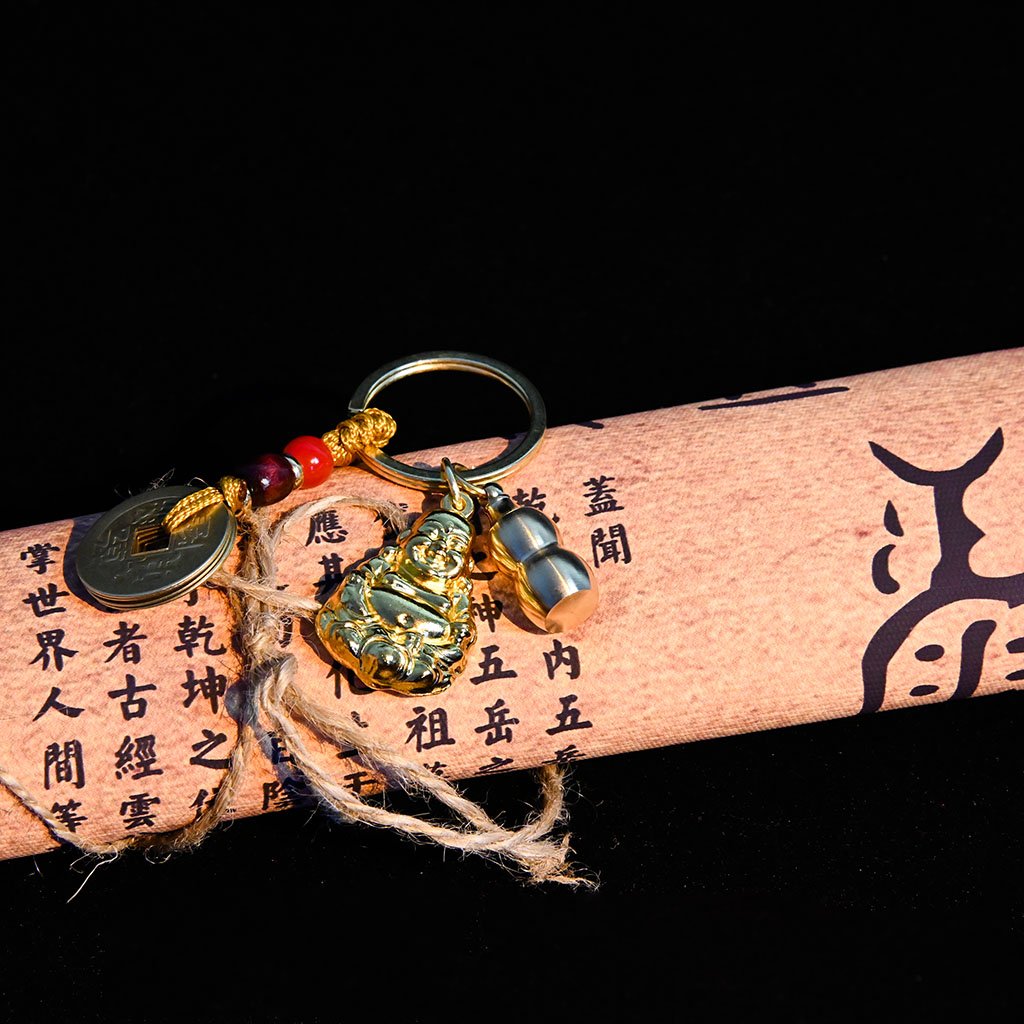



Reviews
There are no reviews yet.